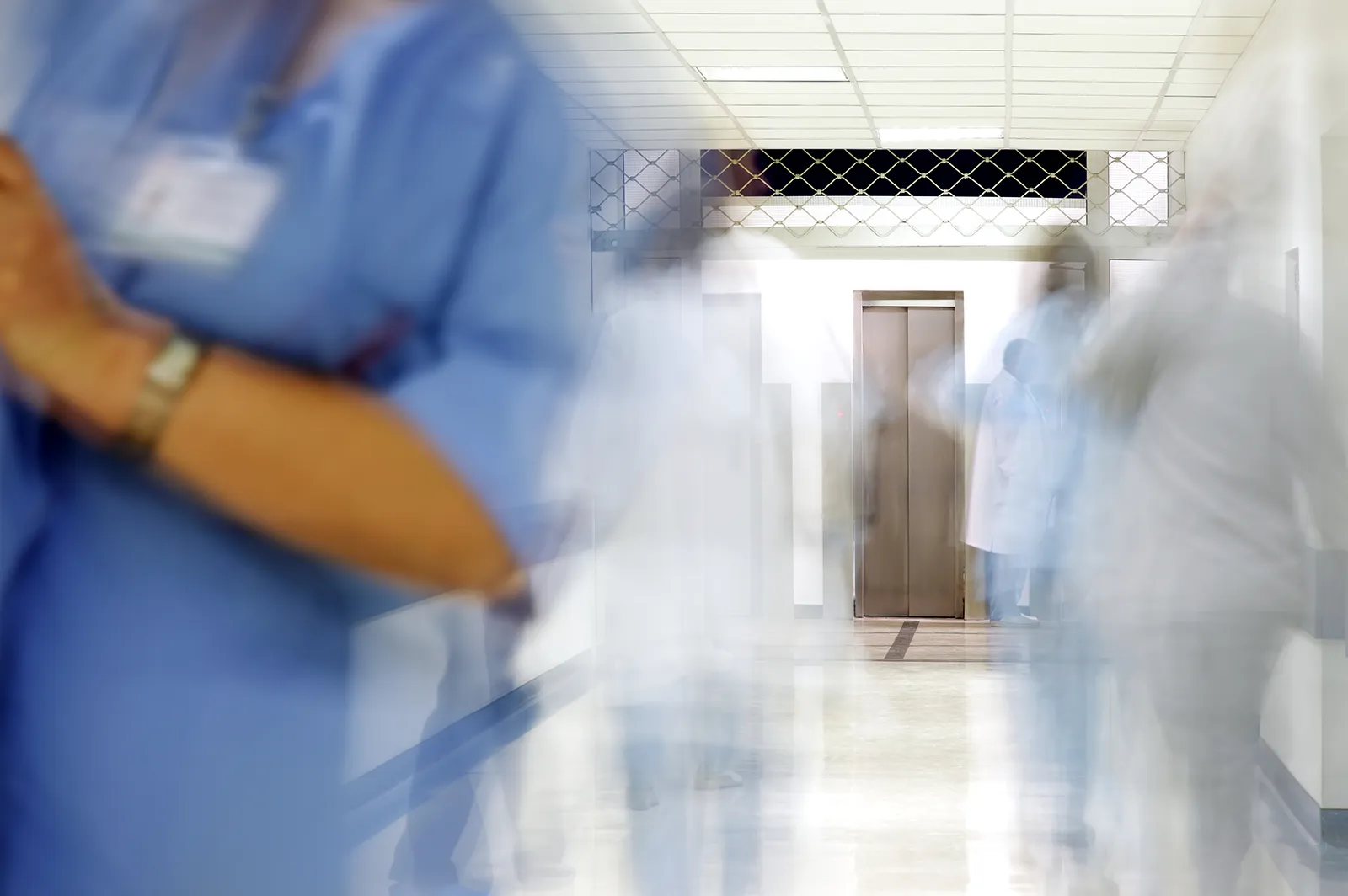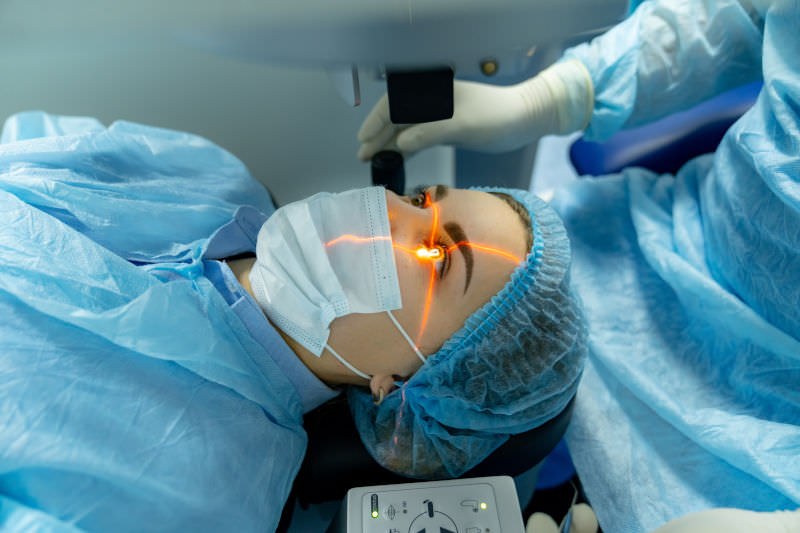Case: Darnley -v- Croydon Health Services NHS Trust [2018] UKSC 50
For any clinical negligence claim to succeed, the ‘negligent’ person must owe a duty of care towards the person who is harmed. There are several other elements to proving a negligence claim, but showing that this duty of care exists is the first step.
It is almost taken for granted that a doctor owes a duty of care towards their patients; it would be hard to think of a relationship which more clearly demonstrates what a duty of care is. Additionally, on an institutional level, hospitals owe a duty of care to all of the patients they deal with.

This very question was considered by the Supreme Court – the highest court in the land – in the recent case of Darnley v Croydon Health Services NHS Trust [2018] UKSC 50.
The background of the case
Michael Darnley was assaulted on 17th May 2010, where he was struck on the head by an unknown attacker. A friend drove him to Mayday Hospital in Croydon, arriving at around 8:30 pm.
Upon reporting his head injury to the hospital receptionist, Mr Darnley was informed that he would have to wait up to 4 to 5 hours before he could be examined by a doctor.
He replied to the receptionist that he was unable to wait that long as he felt that he was about to collapse. He left after 19 minutes, feeling too ill to remain. Later that night, at his mother’s home, Mr Darnley’s condition deteriorated and an ambulance was called around 9:45 pm. He arrived at Mayday Hospital roughly an hour later.
Mr Darnley underwent a CT scan at the hospital. It was found that he had a large extra-dural haematoma (a collection of blood formed between the inner and outer surface of the skull) and a marked midline shift of his brain – the haematoma had pushed the natural centre line of the brain off to the side away from its usual position. Mr Darnley was transferred to another hospital for surgery but unfortunately his injury caused him to suffer permanent brain damage.
Mr Darnley brought a claim for compensation on the grounds that the hospital receptionist had provided him with false information. He argued that they had failed to assess him correctly as a triage patient, and had advised him that his waiting time would be 4 to 5 hours, instead of the usual waiting time for triage patients of 30 minutes.
Two receptionists gave evidence, denying that they had any recollection of speaking to Mr Darnley. They also rejected the suggestion that a 4 to 5-hour waiting time had been advised. However, they confirmed that a patient attending the hospital’s A&E department complaining of a head injury would be seen by a triage nurse within 30 minutes of arrival, as standard procedure.
For Mr Darnley’s claim to be successful, he had to satisfy the court that:
- The hospital receptionist owed Mr Darnley a duty of care
- By telling Mr Darnley incorrect information, the receptionist’s conduct had fallen below the standard of care this duty required
- This had caused the harm for which Mr Darnley was claiming
The Supreme Court’s decision
Mr Darnley’s case was dismissed by both the High Court and then the Court of Appeal. He appealed to the Supreme Court.
On the key issue of the case, the Supreme Court ruled that there was a duty of care owed by the hospital to Mr Darnley, although, it also dismissed the idea that this ruling broke new legal ground on the duty of care.
One of the Supreme Court judges, Lord Lloyd Jones, stated:
“the present case falls squarely within an established category of duty of care. It has been established that such a duty is owed by those who provide and run a casualty department to persons presenting themselves complaining of illness or injury and before they are treated or received into care in the hospitals wards. The duty is one to take reasonable care not to cause physical injury to the patient”.
The Supreme Court said that an in-depth analysis of whether a duty of care should be imposed was only necessary in situations where previous cases had not already established that a duty of care existed.
The court noted that the law recognises a duty of care can be imposed in situations where misleading information could lead to financial loss. There are also many situations in which a duty of care is imposed where there is a foreseeable risk of physical injury if things go wrong. Mr Darnley’s situation therefore fell within the scope of these established duties of care – he was given misleading information in a situation where physical injury was a foreseeable risk as a result.
The court also stated that no distinction should be made between medical and non-medical staff when determining whether a duty of care exists, though it may be relevant when considering whether the duty was breached or not.
Finally, regarding the other issues in Mr Darnley’s case, the Court decided that Mr Darnley’s decision to leave the A&E department was reasonably foreseeable and was made, at least partly, on the basis of the misleading information given by the hospital receptionist. If he had been informed that he would be seen within 30 minutes then it is likely that he would have waited, been seen by a medical professional, and then admitted.
The court accepted evidence that, if Mr Darnley had then suffered his later deterioration whilst at the hospital, he would have undergone surgery earlier and, it was believed that he would have made almost a full recovery. Therefore the court was satisfied that the misleading information had caused the brain damage for which Mr Darnley was claiming.
The significance of the decision
Despite the Supreme Court asserting that Mr Darnley’s case did not break any new legal ground, they acknowledged there had been no previous clinical negligence cases involving a receptionist or non-medical member of hospital staff in this way. The facts of Mr Darnley’s case were indeed unique.
Nonetheless, the decision may have implications for other NHS hospital trusts and healthcare providers. It may lead to closer monitoring, or more thorough training, for non-medical personnel.
The decision makes it clear that front line staff must take all reasonable care to provide accurate information to patients, allowing those patients to make informed decisions.
However, it is important to note that this case was determined upon its own particular facts. Future cases with similar circumstances must be established upon their own merits. The Supreme Court stated that it will be for the claimant to prove that they were given misleading information. In addition, the court noted:
“It is undoubtedly the fact that Hospital A&E departments operate in very different circumstances and under colossal pressure. This is a consideration which may well prove highly influential in many cases when assessing whether there has been a negligent breach of duty.”
If you have been affected by similar circumstances, perhaps falling victim to clinical negligence in A&E, or suffering the consequences of some other kind of medical mistake, please feel free to call me, Gary Warriner, Head of Clinical Negligence, for expert legal advice on your situation.
Further Reading
From one of the UK’s most read legal blogs.










